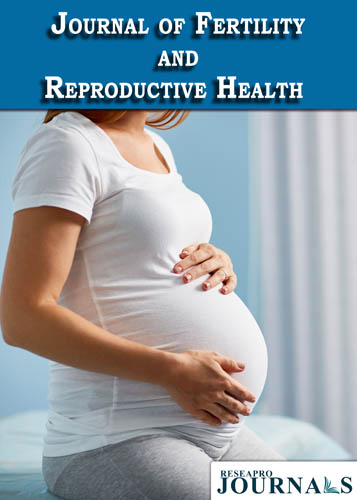
Journal of Fertility and Reproductive Health
OPEN ACCESS

OPEN ACCESS

1Department of Obstetrics and Gynecology, Government Medical College, Trivandrum, Kerala, India
2Department of Orthopedics, Aster MIMS- K Hospital, Kerala, India
Background: Placenta previa and placenta accrete spectrum disorders like placenta increta and placenta percreta are the major causes of postpartum haemorrhage. Furthermore, placental positions are seen associated with various maternal and neonatal outcomes. However, there is less evidence from low to middle-income countries.
Methods: This study was conducted among all the antenatal women admitted to antenatal wards of SAT Hospital Thiruvananthapuram, Kerala, with a gestation of more than 24 weeks with an ultrasound diagnosed with abnormal placentation. Those with placenta previa were divided into two groups: the group whose placenta was in the anterior portion of the uterus (anterior group) and the group whose placenta was in the posterior portion of the uterus (posterior group) for studying the association of various maternal and neonatal factors.
Results: The proportion of abnormal placentation among cesarean deliveries over a period of 1 year in the hospital was 3560. Out of them, 200 were confirmed to be abnormal placentation. Among the placental abnormalities, 187 (93.5%) were placenta previa, 7 (3.5%) were placenta accreta, 4 (2.0%) were placenta increta, and 2 (1.0%) were placenta percreta. The proportion of placenta previa among all registered pregnancies was 7%. Compared to anterior placenta previa, the posterior location is associated with gestational diabetes, obstetric hysterectomy, increased premature birth, and an increased rate of adverse neonatal outcomes.
Conclusions: To determine the effect of placental implantation position on maternal and neonatal outcomes, further studies with a larger sample size is needed. Identifying these conditions early is important for appropriate obstetric care and surgical treatment.
Received 16 August 2023; Revised 19 September 2023; Accepted 26 September 2023
1Department of Obstetrics and Gynecology, Government Medical College, Trivandrum, Kerala, India
2Department of Orthopedics, Aster MIMS- K Hospital, Kerala, India